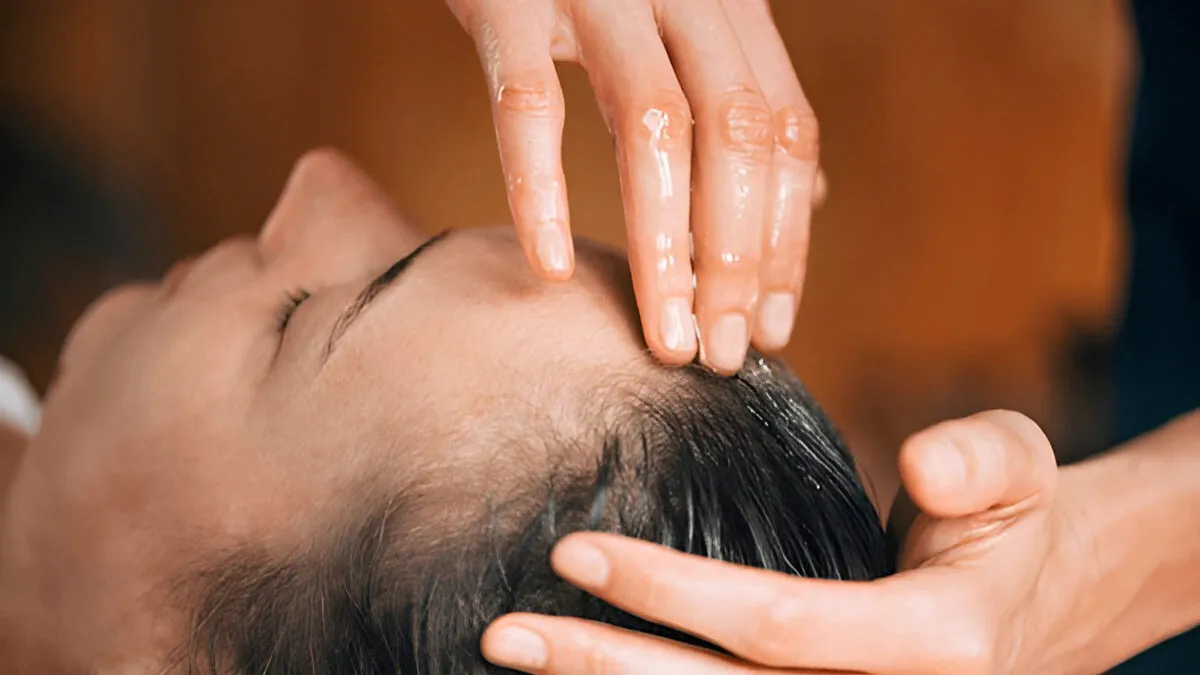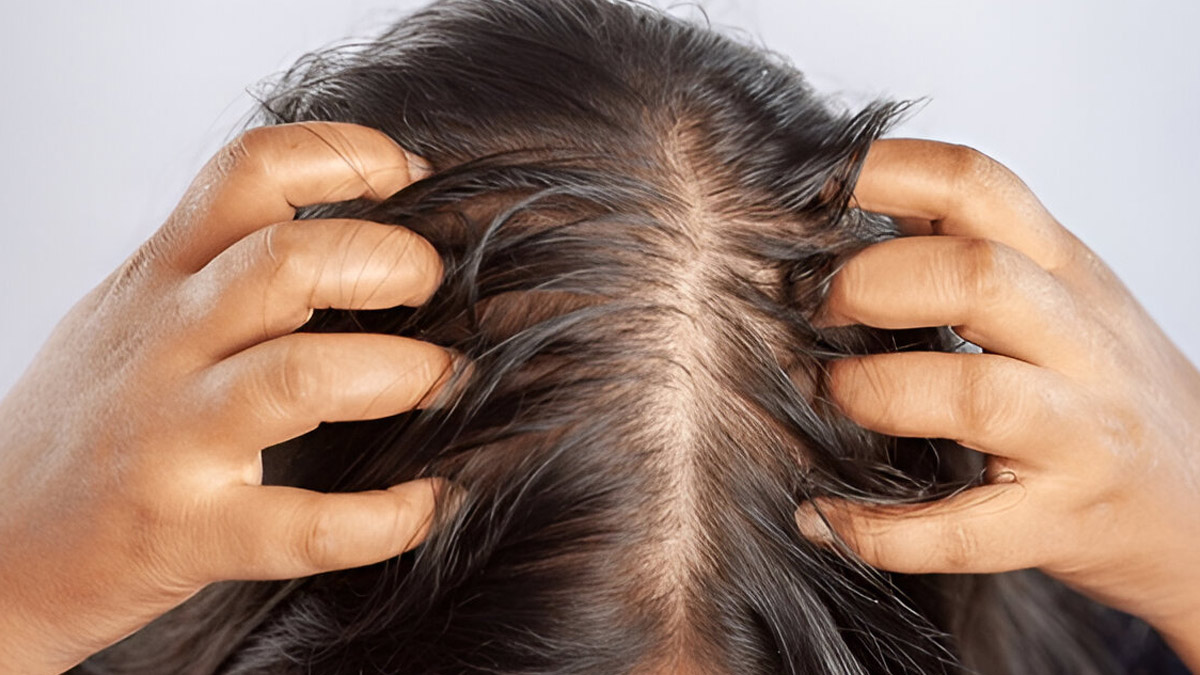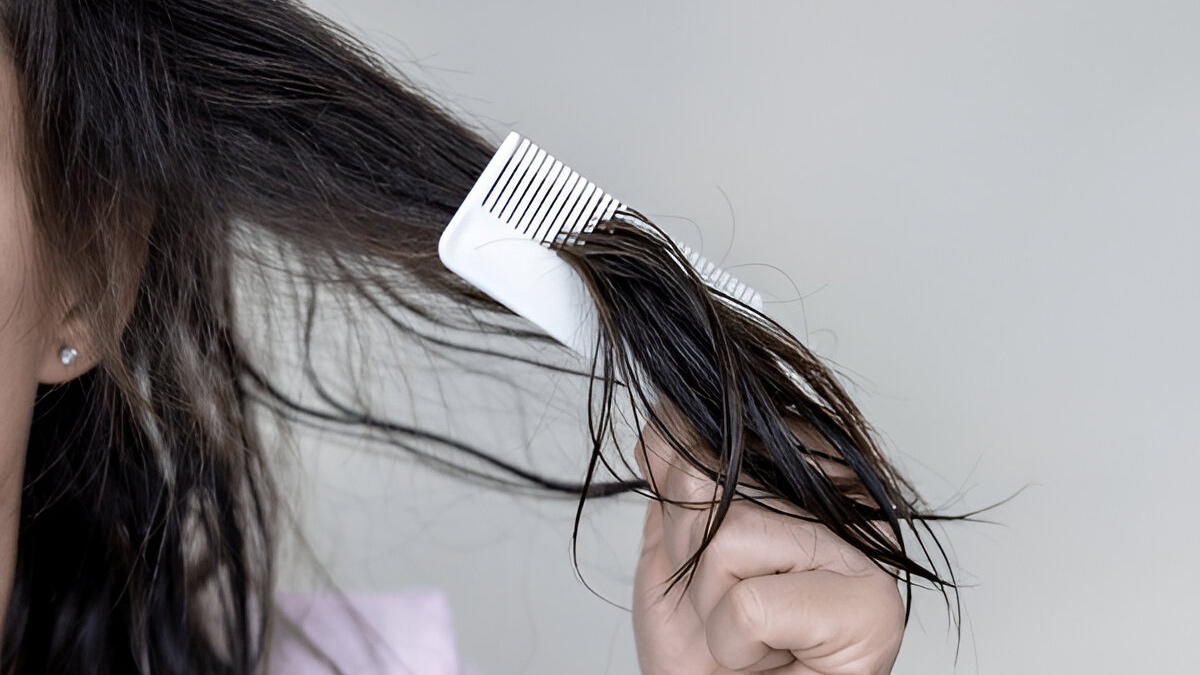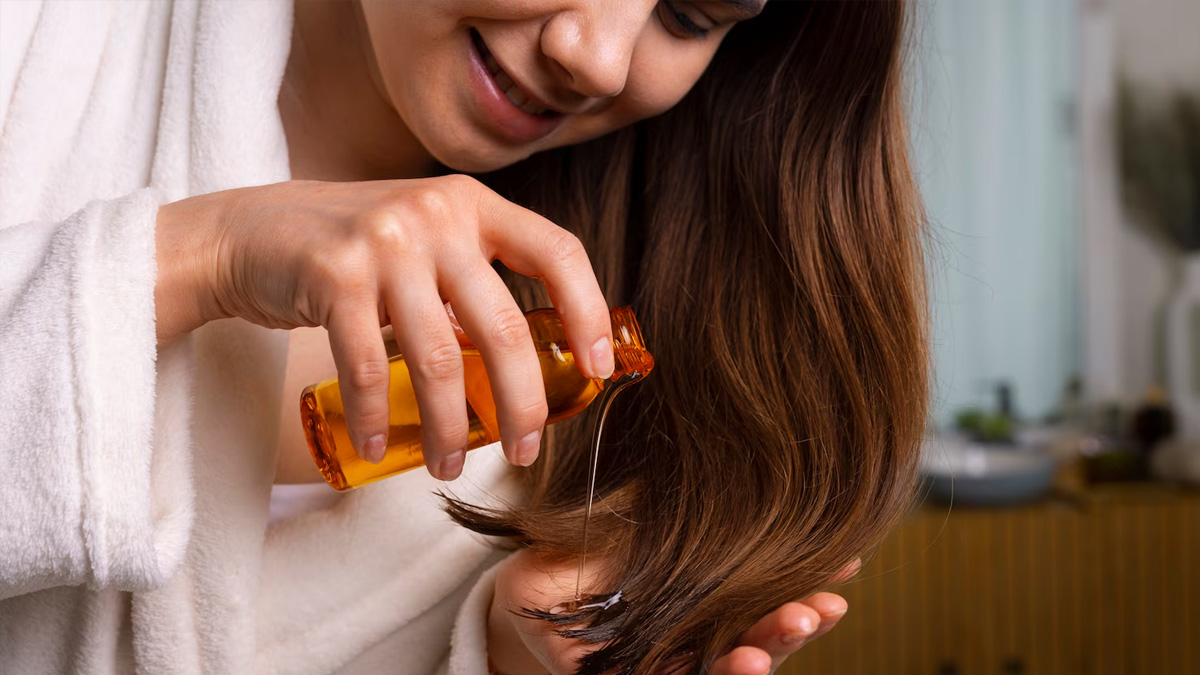
Hair loss after an oil massage can be a disappointing and confusing experience, particularly when you're attempting to do something positive for your hair. You've heard it all along that hair oiling is the key to good, healthy hair, but what if it's doing just the opposite? The reality is, oiling is not the issue, it's how you're doing it. The good news is that by making some simple adjustments to your routine, you can continue to reap the rewards of a relaxing and conditioning hair oil massage without the added concern of hair fall.
Table of Content:-
Why Does Hair Fall After Oiling?
Some hair fall during an oil massage is normal. We naturally lose 50 to 100 strands daily, and massaging might loosen the ones that were already on the verge of falling. But excessive hair fall after oiling is a cause for concern. Here's why it might be occurring:
1. Being Too Aggressive with the Massage

We often think the harder we massage, the better the oil will penetrate. In reality, harsh handling stresses your hair roots and makes them weak, and it results in breakage and hair loss. You only need gentle circular strokes with your fingertips.
2. Keeping the Oil On for Too Long
Leaving oil on your scalp overnight or for an entire day might seem like an indulgence, but it can end up being harmful instead of being good for you. Long-term oiling draws in dirt and clogs pores, irritating the scalp and undermining follicles. A 24-week Japanese trial with nine men revealed that daily standardised scalp massage of 4 minutes with a mechanical device greatly increased hair thickness, such as from 0.085 mm to 0.092 mm—although counts temporarily decreased at 12 weeks.
Also Read: How To Prep Your Scalp Before Oil Application For Better Absorption
3. Not Detangling Before Oiling

Applying oil on tangled hair causes unnecessary tugging and pulling while massaging, which can lead to more breakage. Always detangle your hair first.
4. Washing It Off Harshly
Oiling means shampooing twice or even thrice to remove the grease, and this frequent washing can strip natural oils and dry out your scalp. Over-washing can be as damaging as not oiling at all.
The Right Way to Oil Your Hair
If you love the ritual of oiling, don’t give it up, just do it right. Here’s how:

Be Gentle
Use your finger pads, not your nails. Massage in small circular movements for 10–15 minutes to stimulate blood flow without straining your roots.
Use the Right Oil
Select light, natural oils like coconut, almond, or argan oil. Oily oils weigh your hair down and make shampooing a hassle.
Warm It Up
Warming the oil lightly allows it to penetrate more easily and soothes the scalp. Just make sure it’s lukewarm, not hot.
Don’t Keep It On Overnight
An hour is all it takes for the oil to get the job done. Applying it for longer will clog pores and accumulate dirt.
Shampoo Smartly
Wash your hair with a mild, sulfate-free shampoo and avoid over-washing. Two soft washes should suffice.
Also Read: Dandruff Remedies: Expert Shares Why Oiling Your Hair Can Increase Your Dandruff Woes
Bonus Tips for Stronger Hair
- Don’t oil dirty hair: Oiling on a sweaty scalp or with product build-up can worsen dandruff and irritation.
- Don’t oil too often: Twice a week is more than enough for most hair types.
- Add scalp care to your routine: Along with oiling, nourish your hair with protein masks or serums if needed.
Bottomline
Hair oiling is not the enemy, wrong techniques are. If done gently and mindfully, it can deeply nourish your hair, improve scalp health, and even reduce stress. So, the next time you indulge in an oil massage, treat it as self-care, not a workout for your scalp.
Also watch this video
How we keep this article up to date:
We work with experts and keep a close eye on the latest in health and wellness. Whenever there is a new research or helpful information, we update our articles with accurate and useful advice.
Current Version